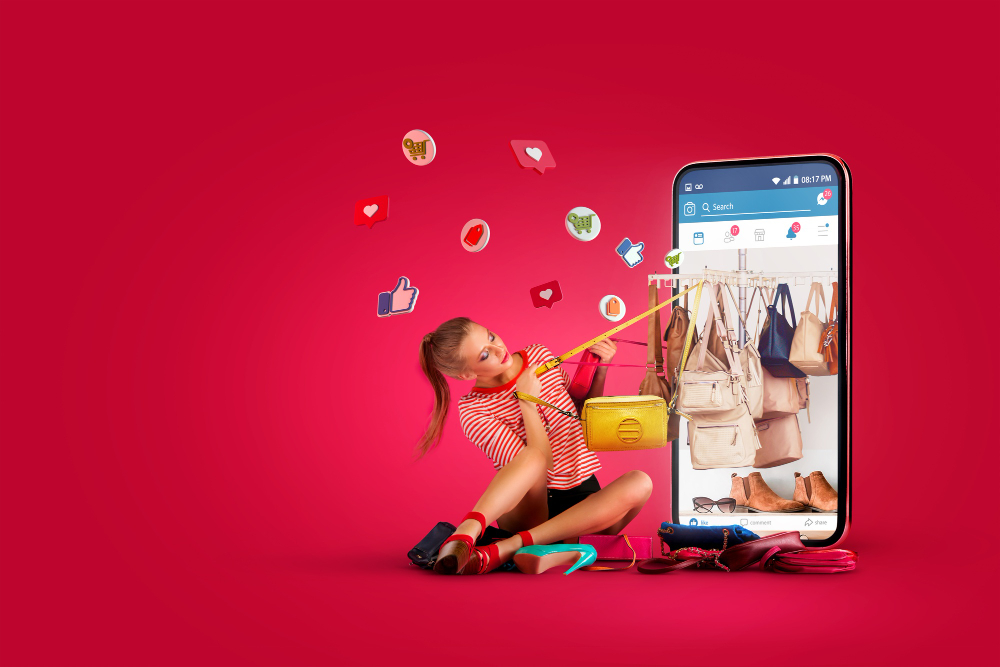Beyond the Click: Why Great Advertising Starts with Great Storytelling
In today’s fast-moving digital world, ads are everywhere—from your favorite YouTube video to the billboard on your way home. But with so much content competing for attention, one thing still stands out: a great story.
Advertising is no longer just about making a sale. It’s about making a connection. That’s where storytelling comes in—and why it’s more important than ever for brands looking to rise above the noise.

Why Stories Matter More Than Ever
People are overwhelmed by ads. Studies show the average person sees thousands of marketing messages every day. But we don’t remember most of them.
What do we remember? Stories.
Stories:
- Trigger emotion
- Create connection
- Are easier to recall
- Make brands feel human
When a brand tells a meaningful story, it sticks in our minds—and that’s the first step toward building trust, loyalty, and action.
From Products to People: Shifting the Focus
Traditional ads often focus on features: This car goes fast. This phone takes great pictures. This soap smells amazing.
But storytelling ads focus on people:
- What do they care about?
- What problem are they facing?
- How does the brand make their life better?
A powerful example is Nike. Instead of just showing sneakers, Nike tells stories about determination, challenge, and personal growth. The product becomes part of a bigger journey—and that's what people connect to.
The Key Elements of a Good Story in Advertising
Every good ad story, whether it’s a 30-second video or a single image, has these core elements:
1. A Relatable Character
Someone the audience can identify with. It could be a real person, a fictional one, or even a voice that reflects the viewer’s own experience.
2. A Problem or Challenge
Great stories need tension. Show a struggle, a question, or a goal. This builds emotional engagement.
3. A Transformation
How does the product or service help? The best ads don’t just “sell” something—they solve something.
4. Emotion
Humor, sadness, inspiration, nostalgia—whatever the tone, a story that makes people feel will be remembered.
Real Examples of Storytelling in Action
- Apple’s “Shot on iPhone” campaign turned customers into filmmakers, showing what their lives looked like through the lens of an iPhone. It wasn’t just about camera specs—it was about human creativity.
- Dove’s “Real Beauty” ads told honest stories about self-image, sparking conversations and earning trust.
- Google’s “Parisian Love” commercial told a short, emotional love story entirely through search queries—reminding viewers of the power behind a simple tool.
These campaigns didn’t just ask people to click—they invited them to care.

How Brands Can Start Telling Better Stories
You don’t need a million-dollar budget to tell a great story. Here’s how to begin:
- Know your audience. What do they value? What are they going through?
- Start with emotion. What do you want people to feel when they see your ad?
- Focus on the human angle. Even if you sell software, there’s a real person on the other end using it to solve a problem.
- Be authentic. Today’s audiences spot fake or forced messaging fast. Real stories from real people resonate the most.
- Keep it simple. The best stories can be told in just a few words or images.
Final Thoughts
In a world full of noise, clicks aren’t the only goal—connection is. Great advertising doesn’t just get attention; it earns it. And the best way to do that is by telling stories that matter.
When brands lead with emotion, character, and authenticity, they create more than ads. They create moments that people remember, share, and trust.
That’s the power of storytelling—and why it’s the true heart of modern advertising.












